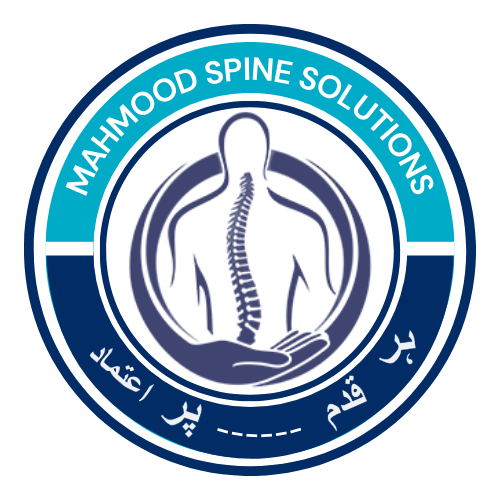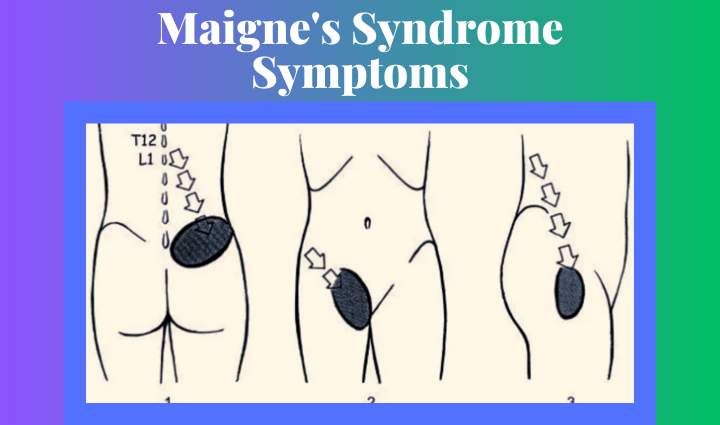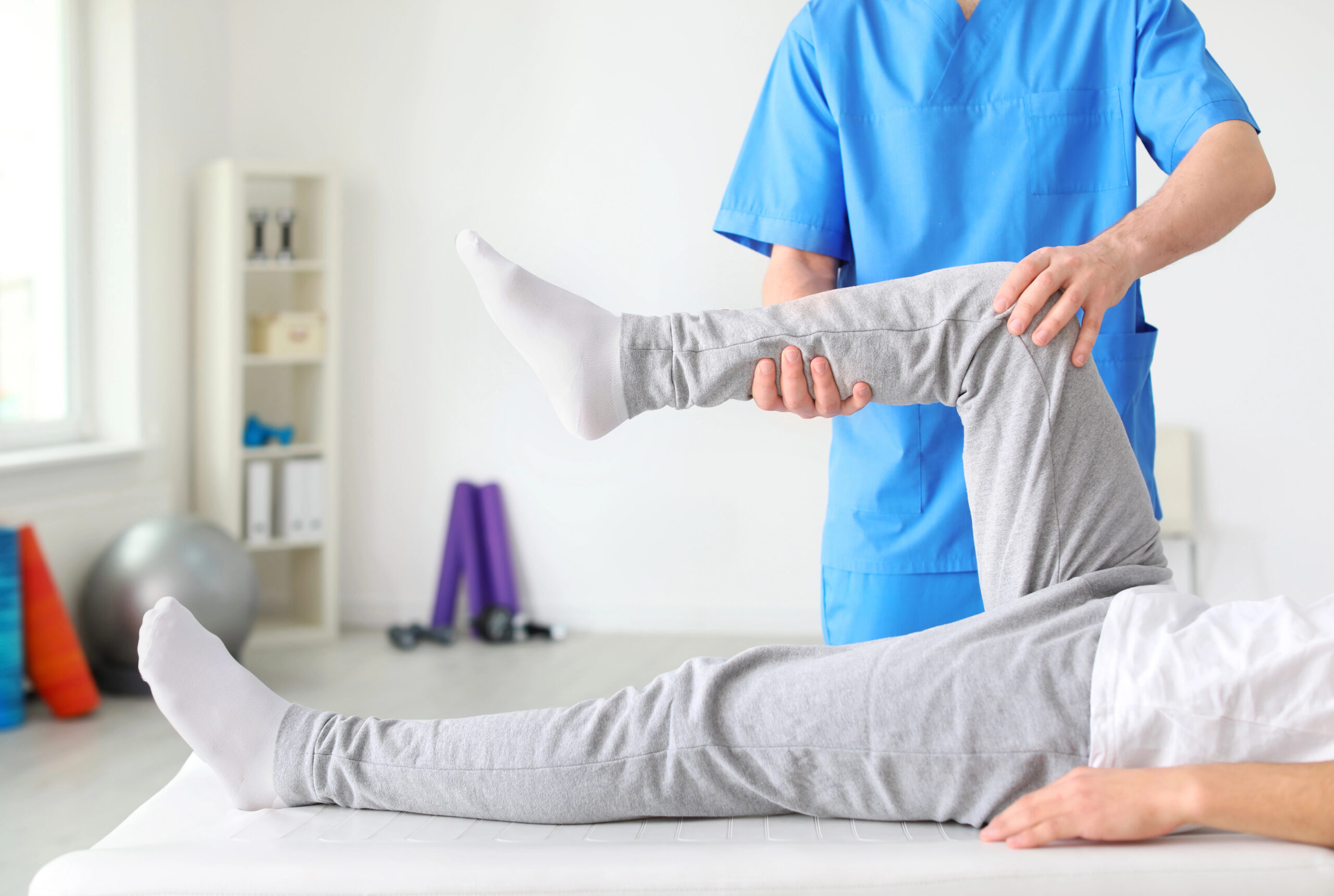Maigne’s Syndrome, also known as thoracolumbar junction syndrome, is a condition that causes pain in the lower back, hips, and groin. This pain is often due to problems in the area where the upper back meets the lower back. Although it can be uncomfortable, understanding the symptoms and causes of Maigne’s Syndrome can help people manage it effectively.
In this article, we’ll explore the symptoms, causes, and exercises that can help, and we’ll look at the risk factors that may increase the chance of developing this condition. By the end, you’ll have a clearer understanding of how to recognize and deal with Maigne’s Syndrome.
What is Maigne’s Syndrome?
Maigne’s Syndrome happens when nerves in the lower thoracic spine become irritated. These nerves send pain signals to other parts of the body, such as the lower back, hips, and groin. Because the pain shows up in different places, it can be difficult to figure out the exact cause. Many people might think they have a problem with their hip or lower back, when the real issue is with the spine.
This condition is more common than many realize, but it is often overlooked. Knowing what to look for can help you catch it early and start treatment sooner.
Maigne’s Syndrome Symptoms
The symptoms of Maigne’s Syndrome can vary, but they often include the following:
- Lower Back Pain: This is one of the most common signs. The pain might be dull or sharp and can sometimes feel like it’s coming from deep inside the back.
- Hip Pain: Some people feel pain on the side of their hip or deep in the groin area. This pain can be mistaken for a hip joint problem.
- Groin Pain: Pain in the groin area can make walking or bending uncomfortable. This happens because the irritated nerves from the spine send signals to the groin.
- Tingling or Numbness: In some cases, people feel a tingling or numb sensation in the lower back, hip, or thigh. This is because the nerves in the spine are affected and don’t work as they should.
Recognizing these symptoms and seeing a doctor can help you get a correct diagnosis. The sooner you know what’s causing your pain, the sooner you can start treating it.
Maigne’s Syndrome Exercises
Exercise can be very helpful for people with Maigne’s Syndrome. Here are some types of exercises that might help:
- Stretching: Gentle stretching can help loosen tight muscles and relieve tension around the lower back and hips. Focus on stretches that target the lower back and the muscles around the hip.
- Strengthening Exercises: Building strength in the core muscles can support the spine and reduce the chances of future flare-ups. Exercises like planks or bridges are good options.
- Physiotherapy: Working with a physical therapist can be especially helpful. They can design a custom exercise plan for you and make sure you’re doing the exercises correctly. A therapist might also use manual therapy to help ease the pain.
- Lifestyle Changes: Simple changes, like standing up more often if you sit for long periods or adjusting your posture, can make a big difference. Staying active and keeping your muscles strong can prevent further problems.
What Causes Maigne’s Syndrome?
Understanding what causes Maigne’s Syndrome can help you avoid triggers and manage the condition better. Some of the common causes include:
- Spinal Misalignments: When the spine is not aligned properly, it can put pressure on the nerves. This misalignment often happens at the junction where the thoracic spine meets the lumbar spine.
- Injury or Trauma: Injuries to the back, such as from a fall or car accident, can lead to Maigne’s Syndrome. Even if the injury seems minor, it can cause long-term problems if it affects the spine.
- Poor Posture: Sitting or standing with poor posture for long periods can put stress on the spine. Over time, this stress can lead to irritation and pain.
- Stress: Chronic stress can cause muscles to tighten, which can affect the alignment of the spine and lead to nerve irritation.
Maigne’s Syndrome Risk Factors
While anyone can develop Maigne’s Syndrome, certain factors might increase your risk:
- Age: Middle-aged adults are more likely to experience Maigne’s Syndrome, but it can affect people of all ages.
- Occupation: Jobs that require heavy lifting, bending, or sitting for long periods can put extra stress on the spine and increase the risk of Maigne’s Syndrome.
- Lifestyle: A sedentary lifestyle can weaken the muscles that support the spine, making it more vulnerable to issues like Maigne’s Syndrome.
- Family History: If other people in your family have had back problems or conditions affecting the spine, you might be more likely to develop Maigne’s Syndrome.
Treatment Options
There are several ways to treat Maigne’s Syndrome, ranging from simple home remedies to more advanced medical treatments:
- Home Remedies: Applying heat or ice to the affected area can help reduce pain and inflammation. Over-the-counter pain medications can also provide relief.
- Physical Therapy: A physical therapist can help you strengthen your muscles and improve your posture. They might also use techniques like massage or spinal adjustments to relieve pain.
- Medications: If the pain is severe, a doctor might prescribe stronger medications or injections to reduce inflammation and pain.
- Surgery: In rare cases, if other treatments don’t work, surgery might be an option to relieve pressure on the nerves.
- Alternative Therapies: Some people find relief through acupuncture, chiropractic care, or other alternative treatments. These can be good options to try alongside traditional medical treatments.
FAQs About Maigne’s Syndrome
What are the early signs of Maigne’s Syndrome?
Early signs include unexplained lower back pain, hip pain, or groin pain, especially if it worsens after sitting or standing for a long time.
Can Maigne’s Syndrome go away on its own?
While symptoms might improve with rest and simple home treatments, it’s important to address the underlying cause to prevent future issues.
How long does it take to recover from Maigne’s Syndrome?
Recovery time varies. Some people feel better in a few weeks with proper treatment, while others might need a few months.
Is Maigne’s Syndrome serious?
Maigne’s Syndrome can be painful, but with the right treatment, most people can manage their symptoms and lead active lives.
Final Thoughts
Maigne’s Syndrome can be challenging, but understanding the symptoms, causes, and treatment options can make a big difference. By staying informed and working with healthcare professionals, you can find the right approach to manage your symptoms and improve your quality of life. If you think you might have Maigne’s Syndrome, don’t hesitate to seek help. Early diagnosis and treatment can prevent the condition from getting worse and help you get back to doing the things you love.






